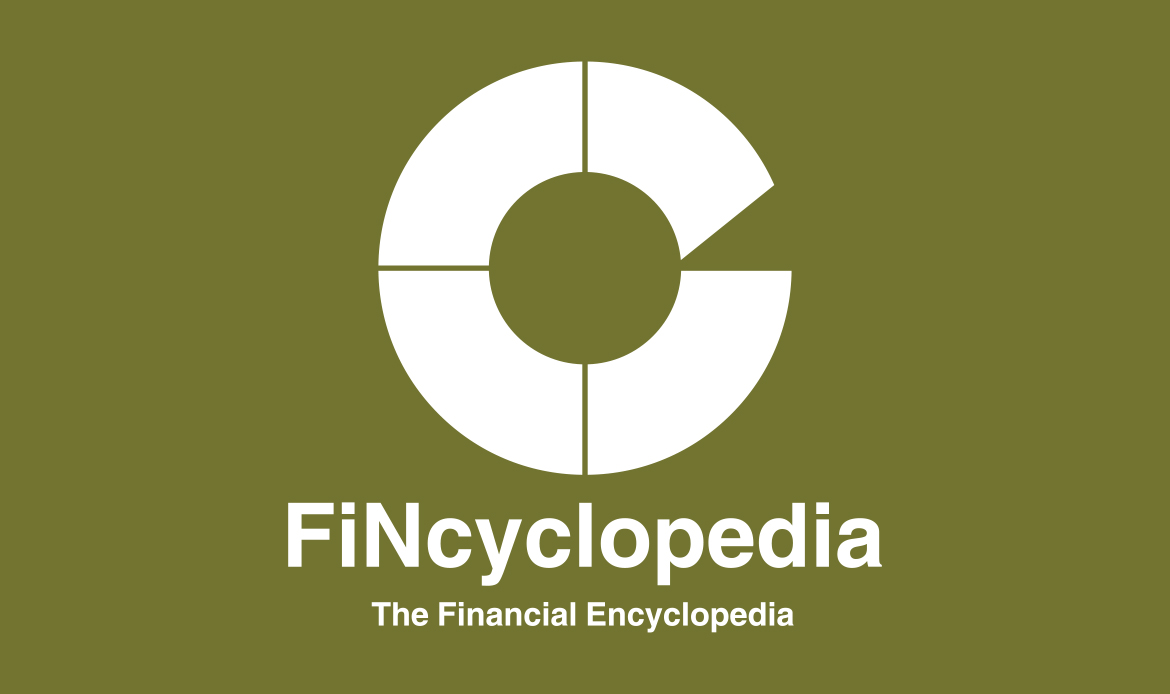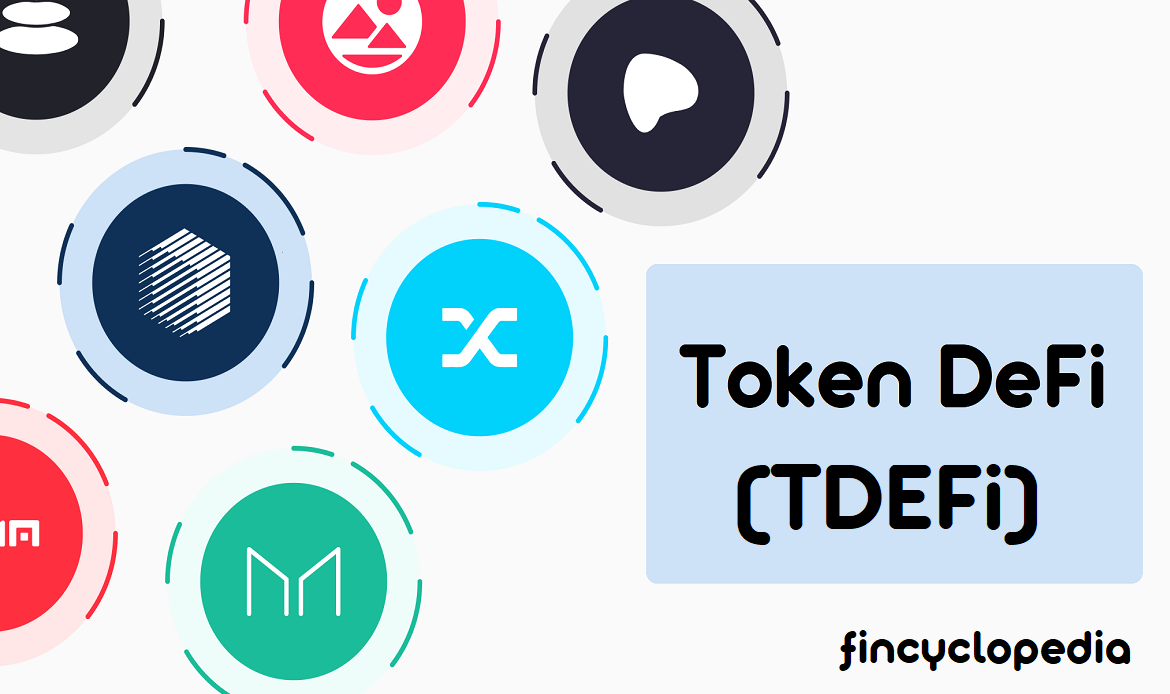A fixed-income instrument, from an issuer’s perspective, is a form of debt that it is obliged to service (in terms of periodical interest payments) and repay (in terms of principal amount) at maturity date. This debt has priority over an issuer’s equity holders (of common shares, for example). For the investor (holder), it is a relatively low risk instrument as the payment obligation and redemption of principal is, under normal conditions, is guaranteed and precedes the rights of an issuer’s equity shares.
A typical example of fixed income instrument is a bond representing a loan extended by an investor (bond holder) to a borrower (bond issuer). Fixed-income instruments provide a predictable source of income, with the borrower (issuer) making payments on a predetermined schedule over the term of the instrument. In other words, this type of instrument allows the exchange of cash flows in a predetermined and periodic (fixed) timeframe.
The types of fixed income instruments vary depending on arrangement between the two parties. Such instruments include:
- Certificates of deposit (CDs), and broadly all types of money-market instruments that involve a certain fixed stream of payments over time.
- Government bonds.
- Treasury notes and bills.
- Corporate bonds.
- Municipal bonds.
- Preferreds.
- Asset-backed securities (ABSs).
- Specific types of derivatives (such as interest rate swaps, etc.)







